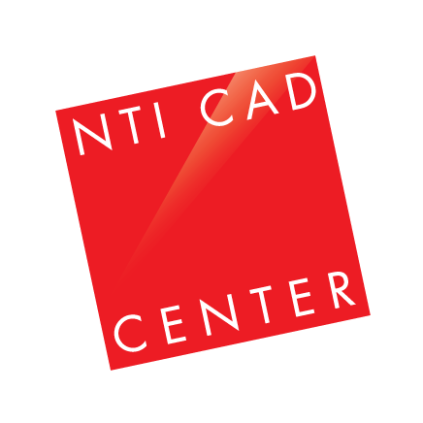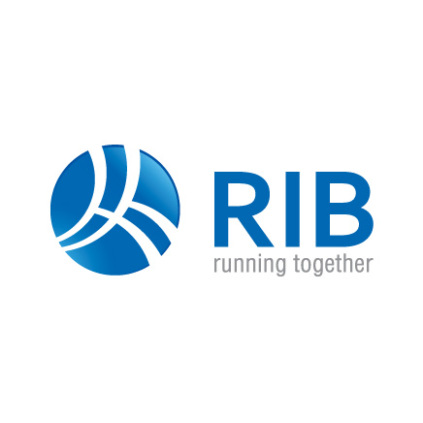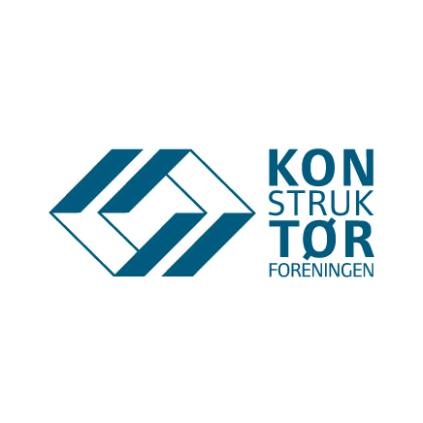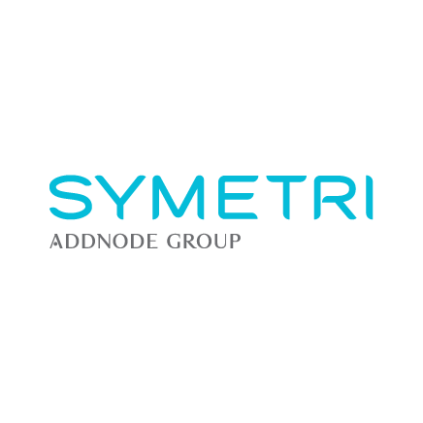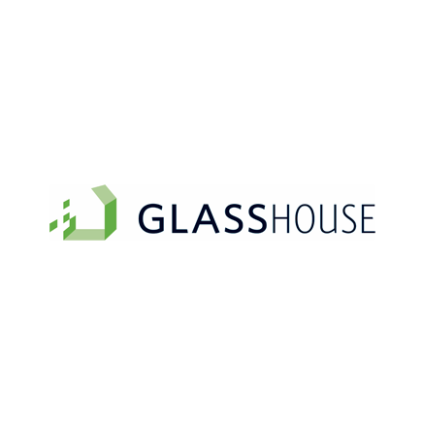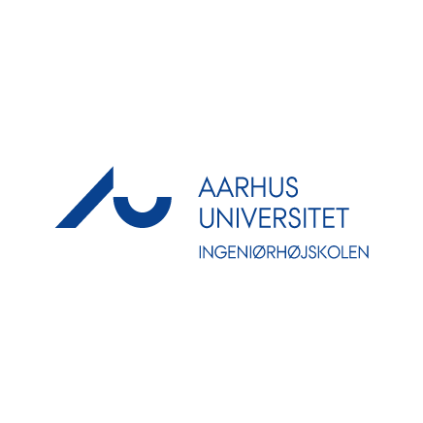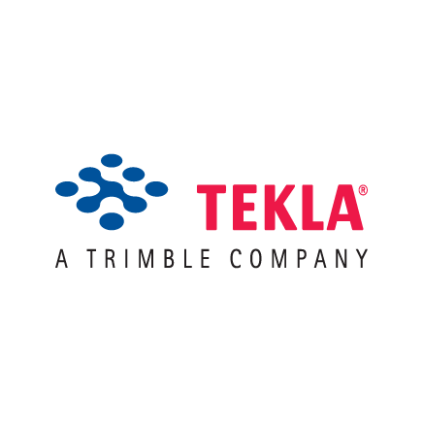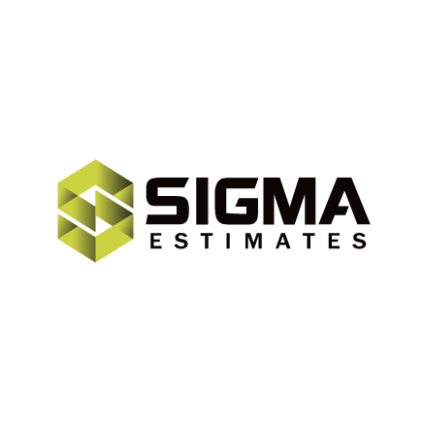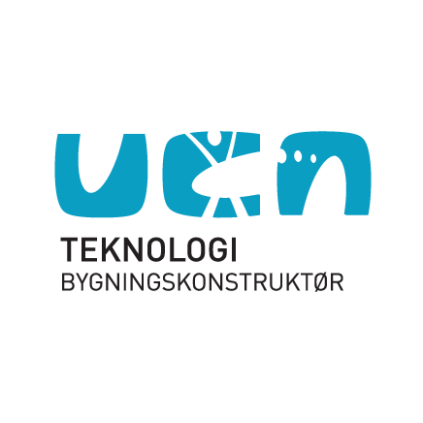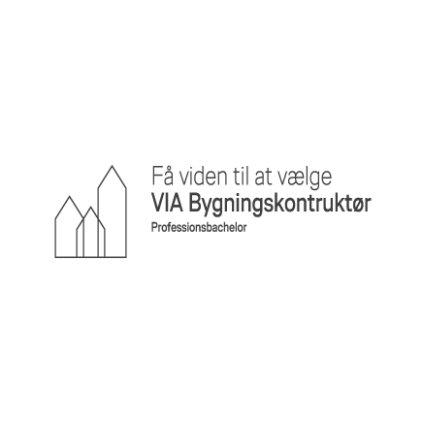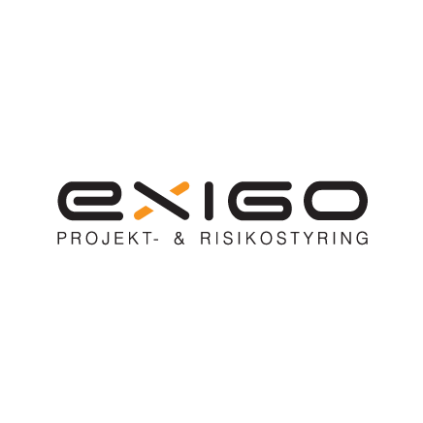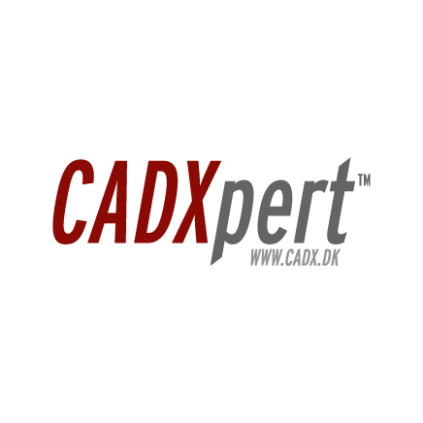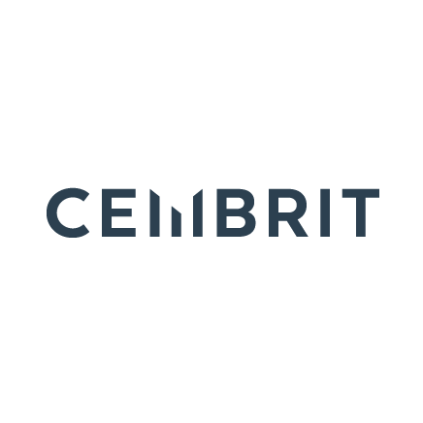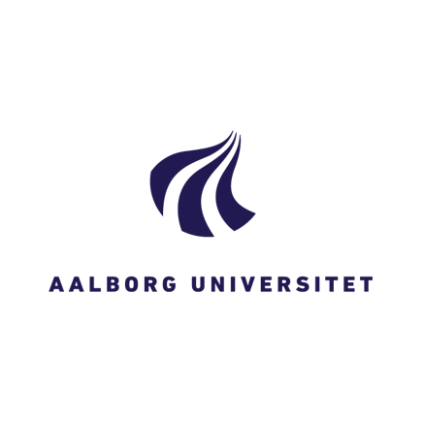

BIM IN A EUROPEAN CONTEXT
The Conference is held in the European City of Culture, Aarhus. Therefore, this lecture will discourse about the influence of BIM on our work culture, our way of organizing the construction industry and rethink our culture, and ask if we have, or do we need a European BIM Culture.
We are heading towards a post factual democracy in which knowledge plays an increasingly small role. The almost incomprehensible paradox is, that we have access to huge knowledge experts, facts, analyzes and studies, as newer seen in our history. Therefore, we must focus on a fundamental discussion about how we again appreciate the knowledge and insight.
Rethink must be incorporated in the right context, not post factual, but knowledge-based, where knowledge and insight are respected and where knowledge and no claims shall be part of the prerequisite for any discussion. Building Information Modeling is originated and operated by an American mindset, a technology entrepreneurial approach without historical and cultural reference.
We must rethink the European values as a potential, where we insist on retaining and incorporating BIM in a European context, so we as Europeans rethink the European cultural heritage in the digital environment.
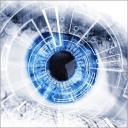
ARCHITECTURE AND ALGORITHMS
In this lecture we claim that software applications in the near future can design better buildings than the consultants, and robots will build the perfect flawless house. Algorithms affects our daily activities in many ways, they are included in almost any interaction between man and computer, and make actually some choices for the designer, or to put it another way, the software chooses the choices the designer is presented to.
An algorithm calculates the optimum orientation of a building on the parameters, wind, sun and vision. For a human being it is an intuitive task, but by working with digital tools, you express the process in an algorithm, and your computer optimizes and present the optimum orientation based on the three parameters, but nothing else.

NO ERRORS CULTURE
We ask if we need, can or will achieve a NO ERRORS CULTURE, and discus the concept failure and errors in the tension between a contractor, that announces that he, by the help of software, has found 22.000 errors in a building project ready for build, and an aircraft industry with an essential and obvious a zero-bug culture, which quite obvious is essential for both their survival as a company, and for the aircraft passengers.
On the other hand, errors have led to many great inventions, and not handled right a NO ERRORS CULTURE can lead to stagnation. When the aircraft industry is developing a new type of aircraft, they seek errors. On test flights, they look for, and examine the expected errors. If they do not find any, they have a problem, because the errors are there.
The introduction of computer aiding software in the construction industry, has caused an increase of the degree of precision used. Software calculations will be accurate to the 15 digits of precision. This increase in precision leaves no margin for errors, and does in no way correspond with the characteristics that influence the materialization of architecture. We draw bricks and concrete constructions with software, designed for high-tech components with extreme small tolerances.

THE BREAKDWON OF PREDICTABILITY
18th and 20th century were predictability centuries, where engi-neers and economists convinced us that we could calculate and predict everything based on the notion of enlightenment and industrialization's perceptions of total transparency. But at the same time we did our utmost to construct increasingly complex technological and social systems that have gradually come to remind us of natural ecosystems than man-made machines. Thus we caught ourselves in a complexity, where predictability still more often breaks down, sometimes with disaster consequences. But there is hope ahead: Through resilience thinking we can prepare for the unexpected by creating anti-fragile systems and organizations that are flexible, adaptive and learning.








